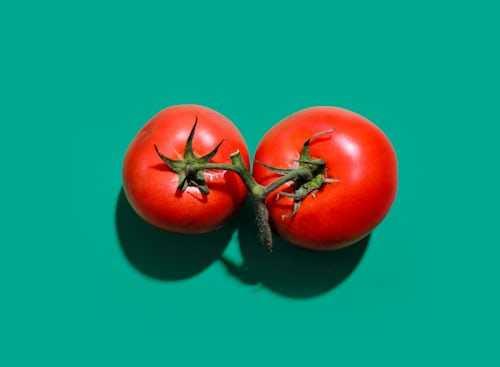Explore the World's Best Ideas
Join today and uncover 100+ curated journeys from 50+ topics. Unlock access to our mobile app with extensive features.
The "poison apple"
In the late 1700s, Europeans thought tomatoes were poisonous. Aristocrats got sick and died after eating them. It was later discovered that the pewter plates used by wealthy Europeans were high in lead content. The high acidity of tomatoes would leach lead from the plate, resulting in death from lead poisoning.
In 1597, the tomato was classified as deadly nightshade where the whole plant was toxic. This view prevailed in Britain and the British North American colonies for over 200 years.
50
2.01K reads
Tomatoes as ornamental plants
Tomatoes were also thought to be eaten in hotter countries, like in Mesoamerica, where the tomato originates from.
The Aztecs ate tomatoes and called it the 'tomatl', but it wasn't grown in Britain until the 1590s, and then only for ornamental purposes. The tomato slowly became an acceptable edible fruit, but rumours of the plant's potential poison lingered despite the hundreds of tomato recipes that started to circulate.
39
362 reads
The green tomato worm
By the 1830s, the love apple was cultivated in New York, but a new fear emerged. A tomato worm, thick-bodied, three or four inches long with a horn on its back. It was believed that brushing against the worm could result in death. One Dr Fuller in New York said it was "poisonous as a rattlesnake." Contact with the spittle would make the victim swell up, and within a few hours, the victim would die.
But entomologist Benjamin Walsh insisted that the tomato worm couldn't hurt a flea.
38
247 reads
Countless tomato varieties consumed
Once the fear of the tomato plant subsided, farmers began exploring different varieties. By 1897, innovator Joseph Campbell found a way to can tomatoes and popularised condensed tomato soup.
Today, a variety of tomatoes are grown, such as heirlooms, romas and cherry tomatoes. Over a half-billion tons of tomatoes are produced commercially every year.
36
277 reads
IDEAS CURATED BY
Salma 's ideas are part of this journey:
Learn more about history with this collection
Leonardo da Vinci's creative process
How to approach problem-solving like da Vinci
The importance of curiosity and observation
Related collections
Similar ideas
2 ideas
Research Shows Checking Your Phone Is Contagious Like Yawning
smithsonianmag.com
1 idea
Why Is the Ocean Salty? | Salt in the Ocean | Live Science
livescience.com
2 ideas
Here's Why Yawns Are So Contagious
livescience.com
Read & Learn
20x Faster
without
deepstash
with
deepstash
with
deepstash
Personalized microlearning
—
100+ Learning Journeys
—
Access to 200,000+ ideas
—
Access to the mobile app
—
Unlimited idea saving
—
—
Unlimited history
—
—
Unlimited listening to ideas
—
—
Downloading & offline access
—
—
Supercharge your mind with one idea per day
Enter your email and spend 1 minute every day to learn something new.
I agree to receive email updates

